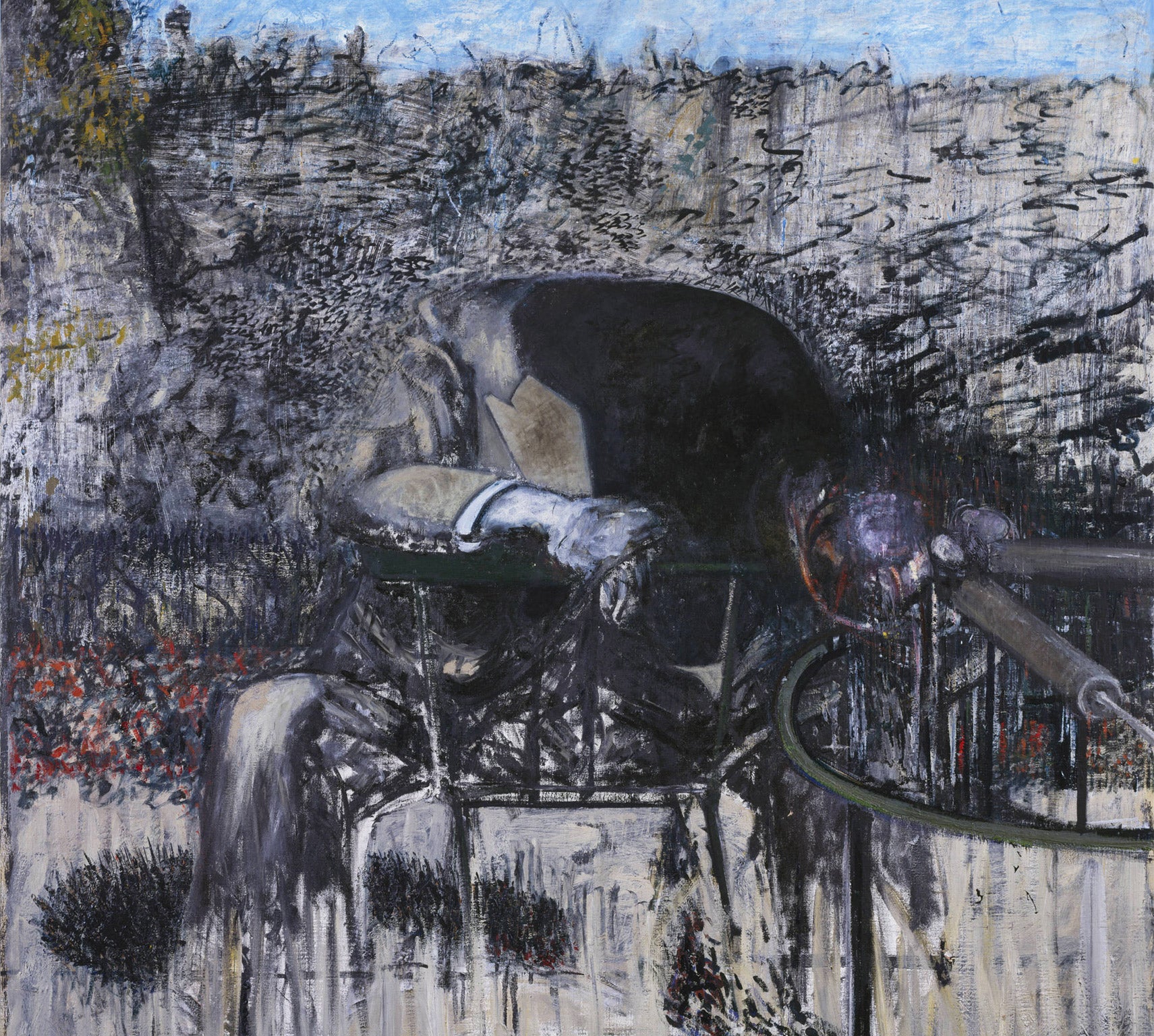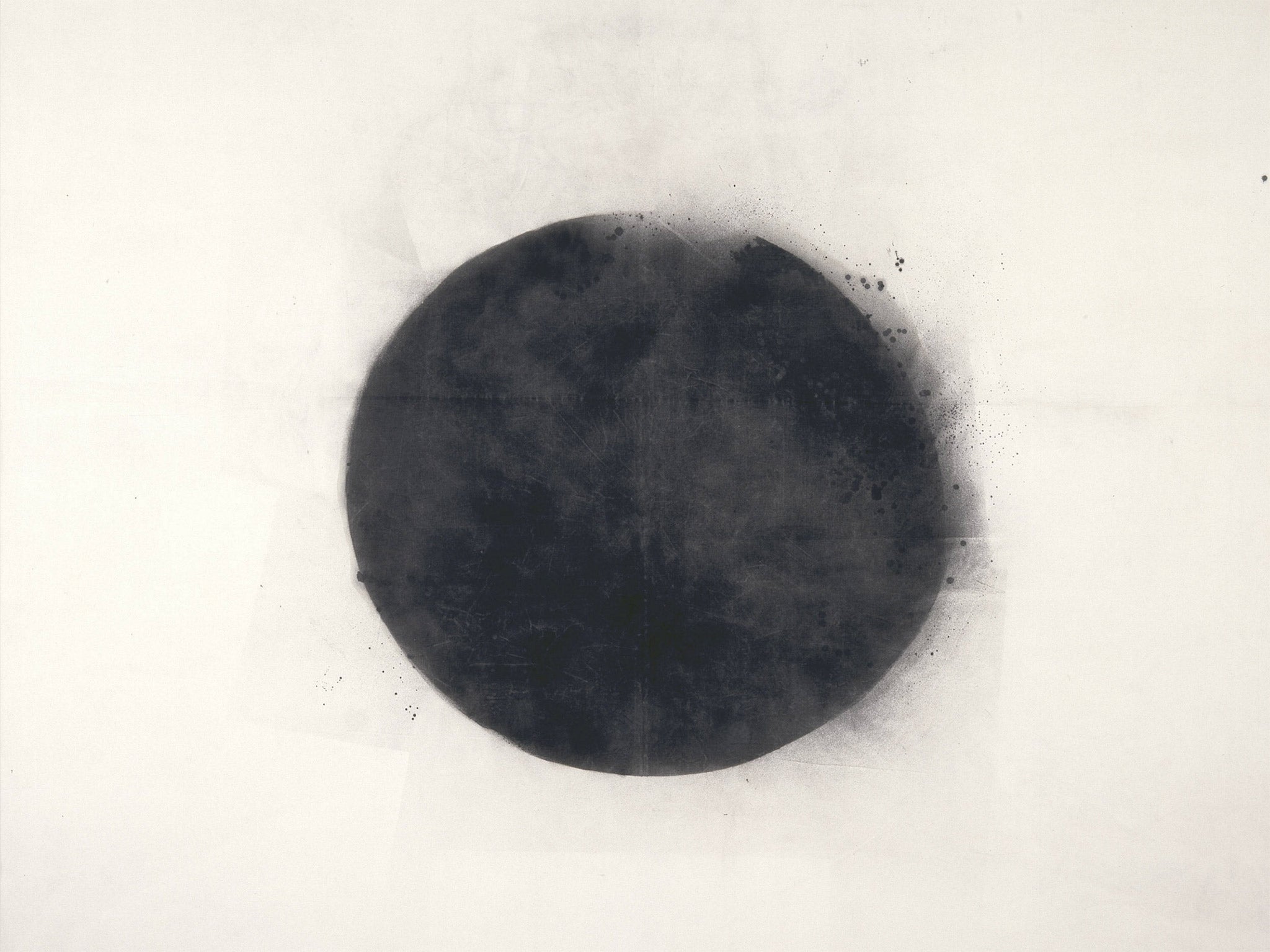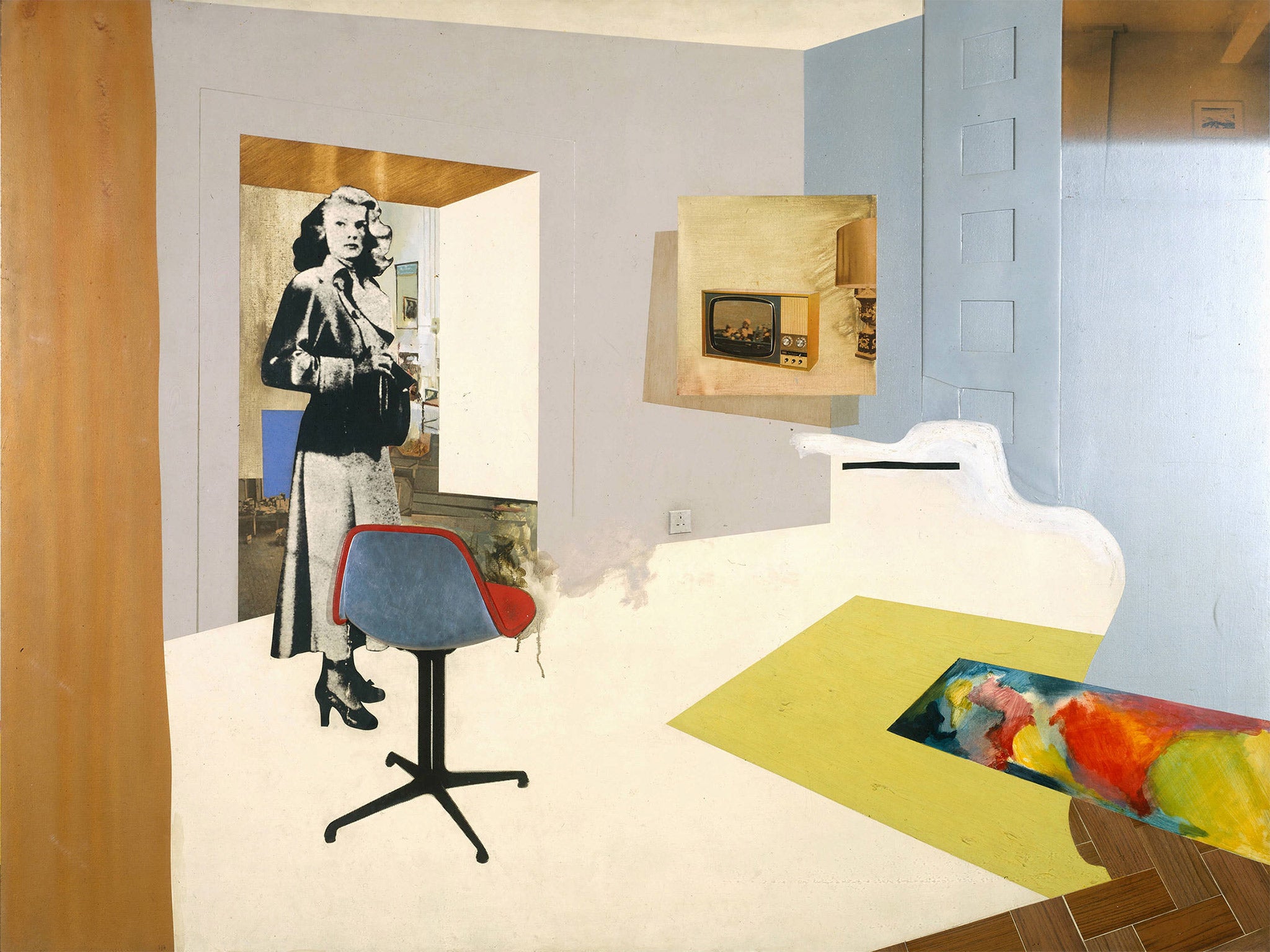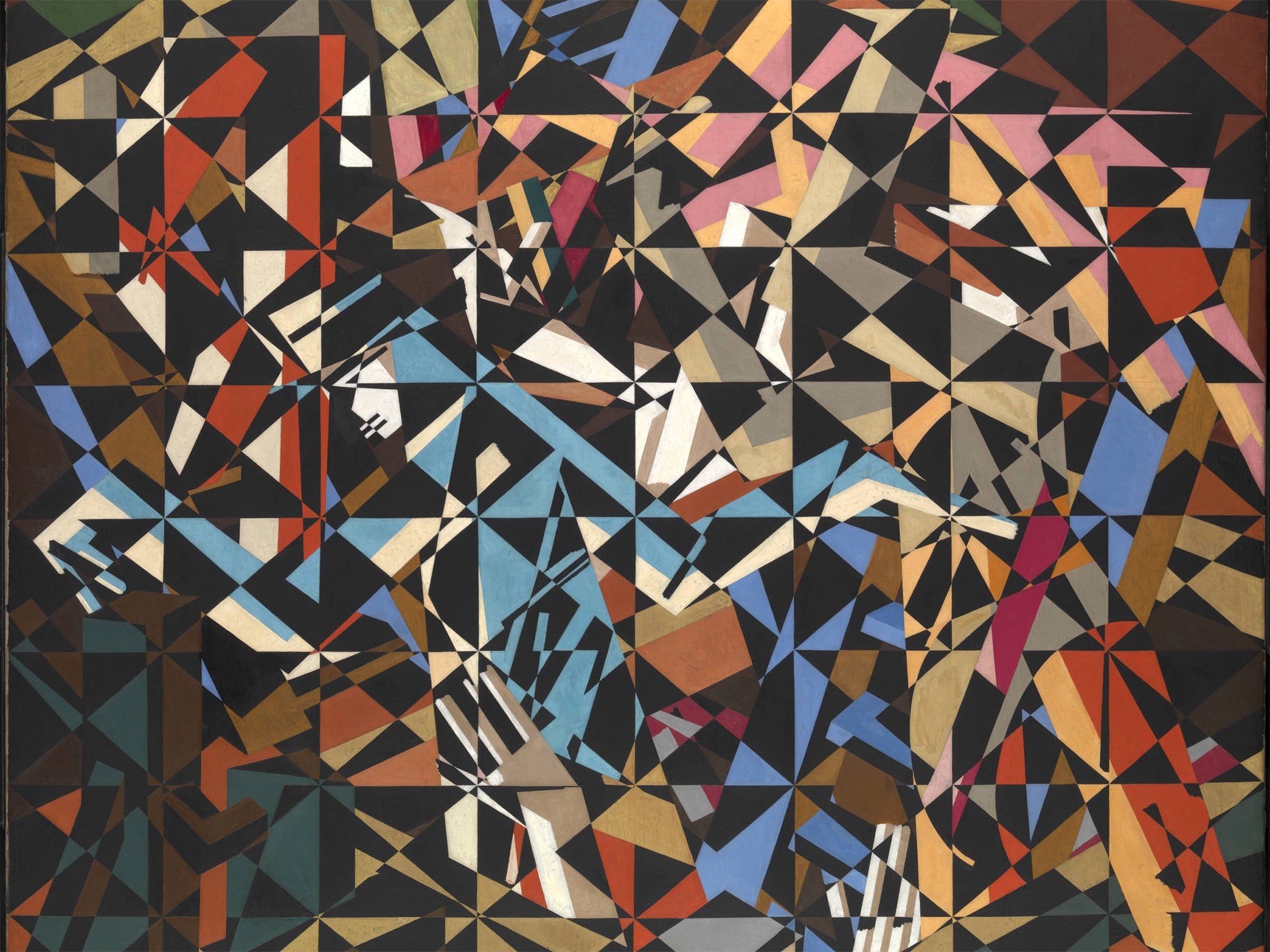Tate Sensorium: New exhibition at Tate Britain invites art lovers to taste, smell and hear art
A new exhibition is bringing in a master chocolatier, a scent expert and an audio specialist to change the way people interact with the paintings

Your support helps us to tell the story
This election is still a dead heat, according to most polls. In a fight with such wafer-thin margins, we need reporters on the ground talking to the people Trump and Harris are courting. Your support allows us to keep sending journalists to the story.
The Independent is trusted by 27 million Americans from across the entire political spectrum every month. Unlike many other quality news outlets, we choose not to lock you out of our reporting and analysis with paywalls. But quality journalism must still be paid for.
Help us keep bring these critical stories to light. Your support makes all the difference.
Tate Britain is to offer art lovers a feast for the senses, encouraging them to experience work by artists including Francis Bacon not just with their eyes, but their noses, mouths and ears as well.
A pioneering new exhibition at the gallery is bringing in a master chocolatier, a scent expert and an audio specialist to change the way people interact with the paintings.
Tate Sensorium is the winning project of the second annual IK Prize, set up by the gallery to find new ways of using technology to widen the reach of British art. It wants to inspire visitors to experience the four works, all by 20th century British artists, in a completely different “immersive” way by using all their senses.
Tony Guillan, multimedia producer for Tate Media who oversees the prize, said it is based on “the idea that our senses work together, they are not in a vacuum. While painters obviously work in a visual medium, maybe they were inspired by non-visual things. Maybe Bacon was inspired by things he heard, tasted or touched.”

Picked from a shortlist of four, the winning entry was thought up by creative studio Flying Object, which has developed the project for six months. “We will tell visitors they should forget about the rest of the gallery and the world and be open to new experiences,” Mr Guillan said. “It is not a bit of cake and a soundtrack; these are pieces of stimuli to think about when looking at the art.”
The project has drafted in chocolate maker Paul Young, scent expert Odette Toilette, audio expert Nick Ryan and theatre maker Annette Mees to create the show. The Sussex Computer Human Interaction Lab is involved, as is the company Ultrahaptics which creates the “touch” element.
From the end of the month, visitors will be able to head into gallery 38 in Tate Britain, in groups of four. Each work will be complemented with a different combination of taste, touch, smell and sound stimuli.

The first work seen will be Richard Hamilton’s Interior II from 1964. “In that, we are playing with smell,” Mr Guillan said. “It is a collage with a female figure, an actress from the Forties and we’ve recreated a perfume from that period.”
John Latham’s work Full Stop will have sounds and touch involved. Visitors who hold their hands above Ultrahaptics’ kit, which looks like a speaker, will feel sensations in the palms of their hand, programmed to respond to the form of the artwork.
“Without explicitly saying Latham was interested in physics and influenced by Zen Buddhism, we are trying to encourage people to consider that intuitively,” Mr Guillan said.
David Bomberg’s work In the Hold is the most abstract. “The subject is concrete, though, it’s a dockyard just before the war,” said the Tate mutimedia producer. The perfume and audio will reflect the smells and sounds of the dockyard.

The last room will feature a lesser known Bacon work from 1945, Figure in a Landscape. “Francis Bacon is an incredibly expressive and sensual artist. His work was perfect for this type of project,” Mr Guillan said.
That piece has a smell, a taste and a sound – though none relate to bacon. “Paul has created something confusing. The artwork itself has a multitude of interpretations. He’s played with that. You may recognise chocolate but once you’re eating it, it really doesn’t taste like that. It does highlight some of the forms from the work.” Mr Young has made the first batch which is currently with the Tate’s catering team.
After Dark was named the winning project last year in which robots went round the darkened halls of the gallery after closing time controlled by people watching online.
Mr Guillan called it a “huge success” after more than 100,000 people from around the world logged into the app, with 500 people getting the chance to control a robot.
This follows a National Gallery exhibition called Soundscapes, “a new way of looking at paintings” which played compositions around works that had inspired them.
With technology playing more of a role in galleries, Mr Guillian expects further initiatives like this. “It makes sense to find new ways to interpret art through technology.”
Join our commenting forum
Join thought-provoking conversations, follow other Independent readers and see their replies
Comments